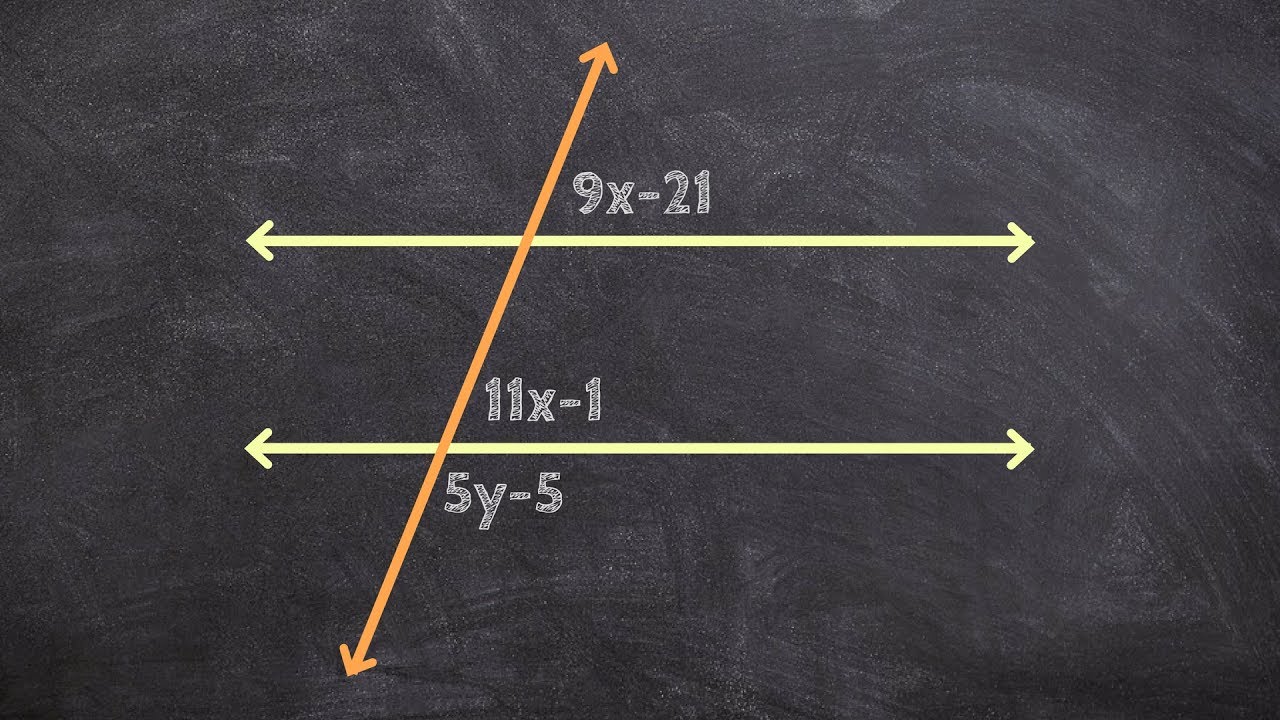In the world of geometry, lines are one of the fundamental concepts that researchers and mathematicians study extensively. When lines intersect or coincide in various ways, they can create interesting shapes and formations. One particular scenario that often arises is when parallel lines are cut by a transversal. This article aims to explore the topic further, discussing the characteristics of parallel lines and transversals and explaining how to identify diagrams that exhibit the relationship between these elements.
Understanding Parallel Lines:
Parallel lines are defined as lines that will never intersect, regardless of their length. They have equal separation and maintain the same distance throughout their extent. Consequently, parallel lines can be found in various real-life situations, such as railway tracks, wall edges, and ladder rungs. When it comes to geometric representations, parallel lines are illustrated as two straight lines running side by side, never meeting.
Exploring Transversals:
A transversal is a line that intersects two or more coplanar lines at distinct points. Unlike parallel lines, transversals do not have to remain straight. They can be oblique or even curved, as long as they intersect the given lines. Transversals can cut through parallel lines at various angles, creating different geometric configurations and relationships to explore.
Identifying Diagrams:
To determine which diagram showcases parallel lines cut by a transversal, we must consider specific characteristics and properties. The following headings outline the key aspects to look for:
-
Parallel Lines:
The diagram in question should include two straight lines that remain equidistant from each other at all points. These lines will never converge, intersect, or cross paths. Visualize the diagram and ensure that two lines satisfy the conditions for being parallel.
-
Transversal:
Search for a line that intersects the given parallel lines. Observe the angles formed between the transversal and the parallel lines. Remember, the transversal should intersect both lines at distinct points. If the line only crosses one of the parallel lines, it cannot be considered a transversal.
-
Corresponding Angles:
Identify the pairs of corresponding angles formed by the transversal and the parallel lines. Corresponding angles are adjacent and lie on the same side of the transversal, but on different parallel lines. These angles are equal, which signifies the relationship between parallel lines and the transversal.
-
Alternate Interior Angles:
Look for pairs of alternate interior angles formed by the transversal and the parallel lines. Alternate interior angles lie on opposite sides of the transversal and between the parallel lines. Similarly, these angles are also equal, further emphasizing the presence of parallel lines cut by a transversal.
Conclusion:
When analyzing a diagram to determine if it showcases parallel lines cut by a transversal, a thorough understanding of the characteristics of parallel lines and transversals is required. By examining the presence of parallel lines, transversals, corresponding angles, and alternate interior angles, researchers can confirm the existence of this relationship. Geometry offers a fascinating world of shapes and formations, and the intersection of parallel lines and transversals is just one example of the intricacies it presents.

